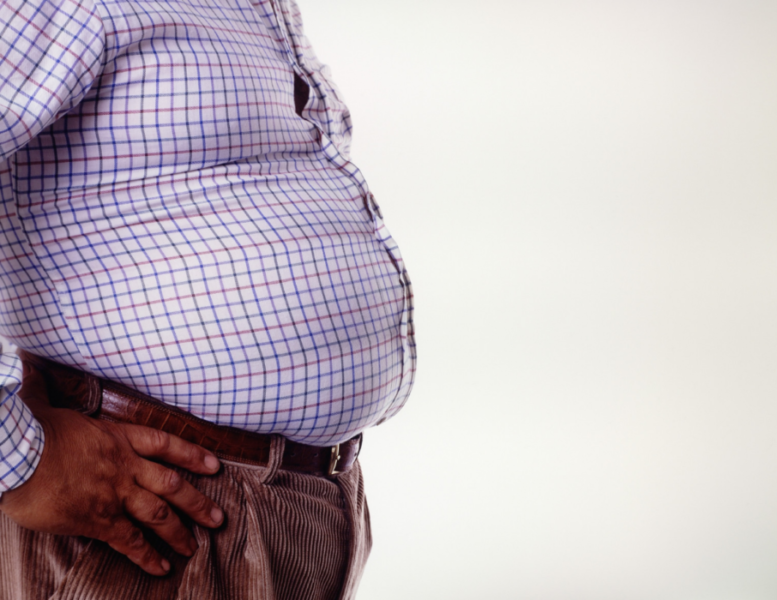This powerful male hormone takes part in the activity of many body systems, but its normal concentration is most important for those who want to have offspring. It is dihydrotestosterone that forms the libido in people of both sexes and is responsible for the state of the reproductive system in men.
Material Content:
What dihydrotestosterone is responsible for
Dihydrotestosterone, aka DHT, is an androgen: the so-called male sex hormones. It is a derivative of another androgen - testosterone - a much more active relatively biological form. A special enzyme called "5-alpha reductase" is involved in the formation of dihydrotestosterone. With his participation, 2 hydrogen atoms are attached to testosterone contained in target cells (they are rich in muscle and fatty tissues, skin). Such a small change in composition makes the hormone more active several times. The starting material is testosterone, produced by Leydig cells located in the testes, as well as the adrenal glands. But it is also formed in women - in the ovaries. With a lack of DHT in women, mood swings are noted, depression can develop, weight is lost, skin turgor decreases.
Dihydrotestosterone in women is responsible for the following:
- metabolism;
- the formation of muscle and bone skeleton;
- the work of the sebaceous and sweat glands;
- the presence or absence of libido.
Dihydrotestosterone in men is a necessary condition for the reproductive system to form and develop correctly:
- stimulates sperm production;
- prevents the formation of luteinizing hormone in the anterior pituitary gland;
- controls the proper maturation of gonadotropic cells;
- responsible for the formation and development of the prostate gland and male genital organs in the fetus in the womb, and then under his control they fully mature in adolescents;
- affects libido.
Without dihydrotestosterone, the development of a skeleton of a male type and the accumulation of muscle mass are impossible. It stimulates the nervous system, controls the sebaceous glands, and accumulates in the hair follicles.
Recommendations for preparing for the analysis
The content of dihydrotestosterone must be controlled, especially if there is a reason for this: the work of any body systems is impaired. The direction for analysis of the level of this hormone is given by the doctor, it can be a therapist or an endocrinologist. For a number of diseases, such an examination is required by a urologist - if a man has problems with the prostate, a dermatologist - if the patient has acne, a pediatrician - with slow or accelerated sexual development of the child, or a psychiatrist - with lability of the patient’s nervous system.
For analysis, venous blood sampling is required. Before this, you need to prepare:
- not eat for at least 8 hours, the water restriction does not apply;
- to spend the day on the eve calmly, without physical and emotional stress;
- give up alcohol and cigarettes, fatty foods;
- An ultrasound or x-ray performed on the eve can distort the result;
- stop taking the medication, if this is not possible - report the medication to the doctor who prescribed the analysis so that the assessment of its results is adequate;
- women do the analysis on one of the first days of the menstrual cycle.
Immediately before taking the analysis, complete psycho-emotional rest is necessary. If you violate at least one of these conditions, the analysis may be unreliable. To assess the androgenic status, one analysis is not enough: it is done repeatedly, observing the same period of time between manipulations.
How is the study
The most common method used to determine the level of DHT is enzyme-linked immunosorbent assay or ELISA. The hormone is determined by the color intensity of the analyzed drug, which appears after binding it to a specific reagent. An analysis requires a specialized laboratory.
The hormone norm in women and men
It has a dependence on age, is not the same at different periods of life, and ranges from:
- in women outside menopause, from 24 to 450 pg in 1 ml;
- in postmenopausal women, it is less - from 10 to 181 pg in 1 ml;
- in men, the fluctuations are more significant - from 250 to 990 pg in 1 ml.
The maximum number of DHT is in twenty-five-year-old men, then it drops. Women also have periods of high DHT: puberty, lactation, and expectation of a baby. But such a deviation of values is considered normal.
What does it mean if DHT is increased or decreased
Deviation of the level of dihydrotestosterone from normal numbers indicates a malfunction in any organs, and usually it is different in men and women.
Female DHT levels are low in the following cases:
- with diseases of the pituitary gland;
- with pathological changes in the ovaries or adrenal glands;
- if a consequence of any disease is a small amount of adipose tissue.
In males, the causes of this phenomenon are different:
- the lack of a hormone involved in the synthesis of reductase;
- testosterone deficiency;
- overweight;
- consequences of metabolic disorders due to diabetes;
- insufficient function of the gonads;
- prostatitis in a chronic course;
- decrease in sensitivity to hormones in a rare congenital disease - Morris syndrome.
How does this condition manifest:
- lack of muscle mass;
- on the contrary, there is more fatty tissue, but fat is deposited unevenly: on the hips and buttocks - as in women;
- limbs grow disproportionately;
- the figure begins to resemble the shape of a woman;
- hair grows more slowly in the groin, armpits, on the face;
- in adolescents, sexual development is delayed;
- the penis is less than normal, anomalies in its structure are possible;
- unstable mood is observed up to depression;
- in adult men, sexual desire decreases, impotence is sometimes observed;
- reproductive function is impaired, which is facilitated by changes in spermogram.
Excessive DHT is also harmful. For men, this is fraught with such manifestations:
- hair loss up to complete baldness;
- excitability is higher than usual;
- acne appears;
- the size of the testicles decreases;
- infertility is formed.
The reasons for the high level of the hormone lie in the following pathologies:
- tumors affecting the genitals, adrenal glands, prostate gland;
- excessive amount of hormones produced by the sex glands;
- heart and vascular diseases.
It is bad if in women dihydrotestosterone is elevated. This leads to the impossibility of ovulation and infertility, causes the appearance of blackheads and seborrhea, the figure becomes like a man's, hair throughout the body begins to grow vigorously, and on the head, on the contrary, it thins, the voice coarsens, the size of the clitoris increases.
Deviations in the secretion of this androgenic hormone in the female body are possible with the following pathologies:
- diabetes mellitus;
- taking hormone-containing drugs;
- hypothalamic dysfunctions;
- due to malnutrition and concomitant obesity;
- if there is a swelling of the ovaries or adrenal glands.
How to bring indicators back to normal
For this, the cause of the hormonal failure is identified and eliminated: tumors are operated on, if possible, or radiation or chemotherapy is given, and other diseases are treated.
Medicines can help reduce the level of DHT: androgens, steroidal or non-steroidal. For women, it is Metformin or Spironolactone. If the boys noticed accelerated sexual formation, prescribe medications that reduce the production of hormones in the pituitary and hypothalamus. If the activity of 5-alpha reductase is too high, inhibit the formation of the enzyme by special means. The deviation of the level of hormones downward is corrected by their substitutes.
All medications should be prescribed by a doctor.
In some cases, lifestyle correction helps:
- physical training;
- proper nutrition;
- elimination of bad habits;
- weight loss; stress elimination.
With the correct correction with the help of medicines, and sometimes without them, the level of DHT can be brought back to normal.















